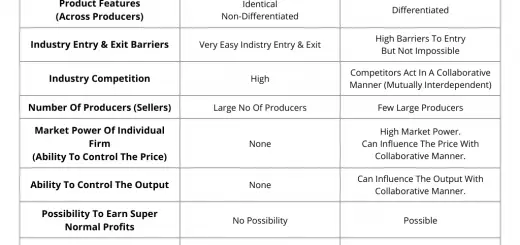What is Secondary Offering? – Definition, Explanation, Types
What is a Secondary Public Offering?
More commonly secondary offering means an existing shareholder of the company selling the shares to another. These are the shares sold by the company in the initial public offering (IPO), which are subsequently traded among the shareholders, known as a secondary offering. The transaction of a secondary offering is between the existing shareholder and aspiring shareholder without any revenue/cost involvement of the company.
Also, apart from the above, secondary offering is also known as when certain companies offer follow-on offerings (new share offer after IPO). Companies do these to raise additional capital for various reasons. These offerings could be in two types known as dilutive and non-dilutive secondary offerings.
Why Do Investors Sell Their Shares Through the Secondary Market?
Once the IPO is complete, investors can make secondary offerings to the public on the secondary market or the stock market. As mentioned above, securities sold in a secondary offering are held by investors and sold to one or more other investors through a stock exchange. As such, the proceeds from a secondary offering go directly to the seller, not the company whose shares change hands.
Why Do Companies Issue Secondary Public Offerings?
A company may perform a secondary offering (also known as a follow-on offering) for various reasons including the following,
- Raise capital to finance debt.
- Raise capital for special projects like R&D.
- Raise capital to acquire another company.
A company may perform a secondary offering for any reason that the management decides with the need for additional capital.
Types of Secondary Offerings
Secondary offerings consist of two types, known as dilutive secondary offerings and non-dilutive secondary offerings. Following are the explanation of both,
1) Dilutive Secondary Offerings
A dilutive secondary offering (also known as a subsequent offering or follow-on public offering). This secondary offering type happens when the company creates new shares and offers those in the market. This will increase the number of total shares, then causes the dilution of earnings per share (EPS). The company will obtain cash for the new shares offered so that those can be utilized in long-term plans. When considered on a short-term basis, Dilutive Secondary Offerings will not be positive for the shareholders.
2) Non-Dilutive Secondary Offerings
A non-dilutive secondary offering does not involve creating new shares. It is when the existing shareholders sell their shares to another aspiring investor. This will not make any financial effect on the company. This kind of secondary offering is common after an IPO. This scenario is called non-dilutive because the total number of shares will not change changed, and also the existing holders retain the same percentage of company ownership.
Effects on Share Price after Secondary Offering
The share price will increase/decrease based on the demand/supply of shares which reflects the investor confidence in the company. When existing shareholders are selling the shares or the company creates a new amount of shares to offer, it will usually result decreasing the share price.
But even though the share price will drop immediately after a secondary offering, it could boost up if the investors have a good level of confidence in the company’s future returns. The share price will drop if many investors need to buy the shares, but existing investors not selling the shares comparatively.
Learn More with LearnBusinessConcepts.com
- Initial Public Offering (IPO): Explanation, Steps & Examples
- Advantages & Disadvantages of Initial Public Offering (IPO)
- Bonus Issue: Explanation, Calculation & Real World Examples
- Advantages and Disadvantages of Bonus Issue


